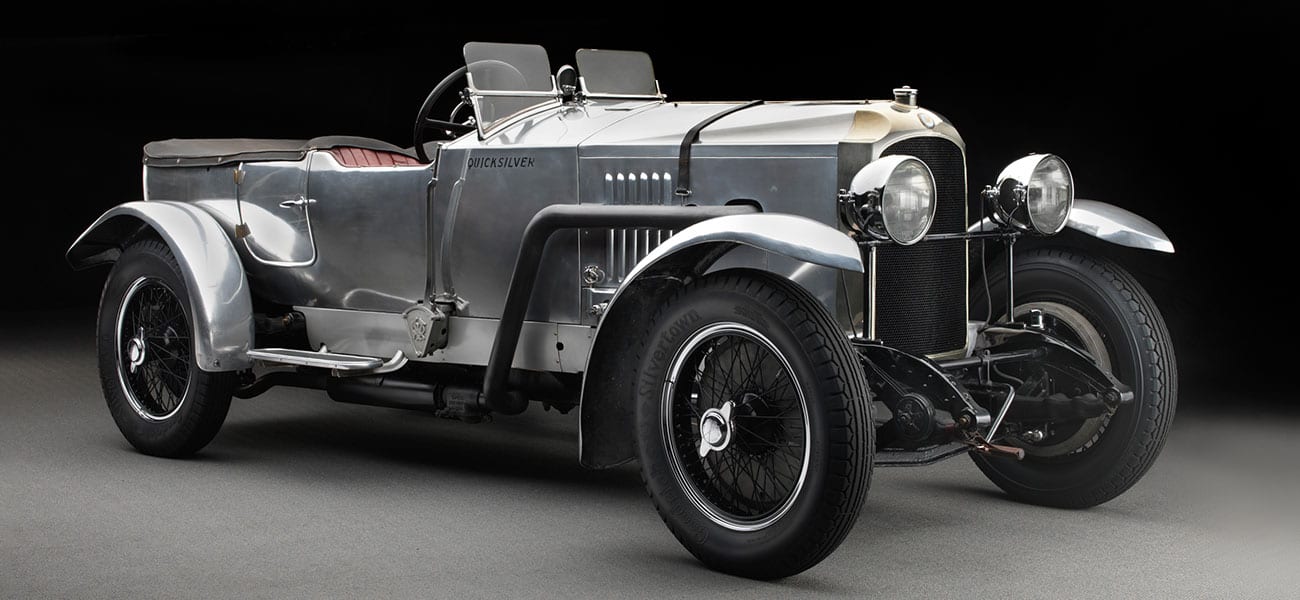Tech Specs
Four-cylinder in-line pushrod engine, 4224 cc, 120+ hp at 3500 rpm.
Before/After
1927 Vauxhall


About the 1927 Vauxhall 30/98 Type OE Tourer
In 1922 the side-valve Type E was succeeded by the overhead-valve OE. Horsepower was now 112. Production remained modest (313 units; 283 Es had been built), which was the reason the 30/98 was so quick to be discontinued after General Motors acquired Vauxhall in 1926.
The OE was engineered by Pomeroy’s successor, philosopher and painter Clarence E. King, a detached and enigmatic personality who didn’t see any reason to meddle with the chassis much, and so he didn’t. Even what he changed seemed to stay the same. The brakes on both generations of the 30/98, for example, were awful. Sardine-tin drums operated by a mighty hand lever on the rear wheels only made attempting to stop the Type E quickly an exercise in futility. “Steer, change gear, jump out or pray” was one owner’s advice.
The hastily concocted front brakes of the OE were linked to a foot pedal working the transmission brake with compensation by an untidy’ “kidney box” on the front cross member. The Autocar commented helpfully that “foot and hand brake should pull one out of any scrape.” The owners manual suggested the hand brake “to check the car’s progress,” the foot brake “in reserve for emergency.” Notoriously temperamental hydraulic brakes, still on the front wheels and transmission only, arrived in 1927. They had to be pumped up by hand, leaked like a sieve, and operated efficiently about half the time.
The display car, one of the last 30/98s built, was imported new to the U.S. by H.B. DuPont. The next we know of the car was at the starting line at Watkins Glen in October 1948. Then-owner Colonel George E. Felton was at the wheel and finished a surprising fourth behind an Alfa 8C 2900, Briggs Cunningham’s Bu-Merc (also on display) and a supercharged MG TC, cars a decade or two newer than his. Like many 30/98 owners, Felton rebuilt the engine (higher compression pistons, SU carburetors, outside exhausts, etc.) to make the car more competitive for postwar SCCA racing.
He had already attended to the brakes.
Photos – Peter Harholdt






